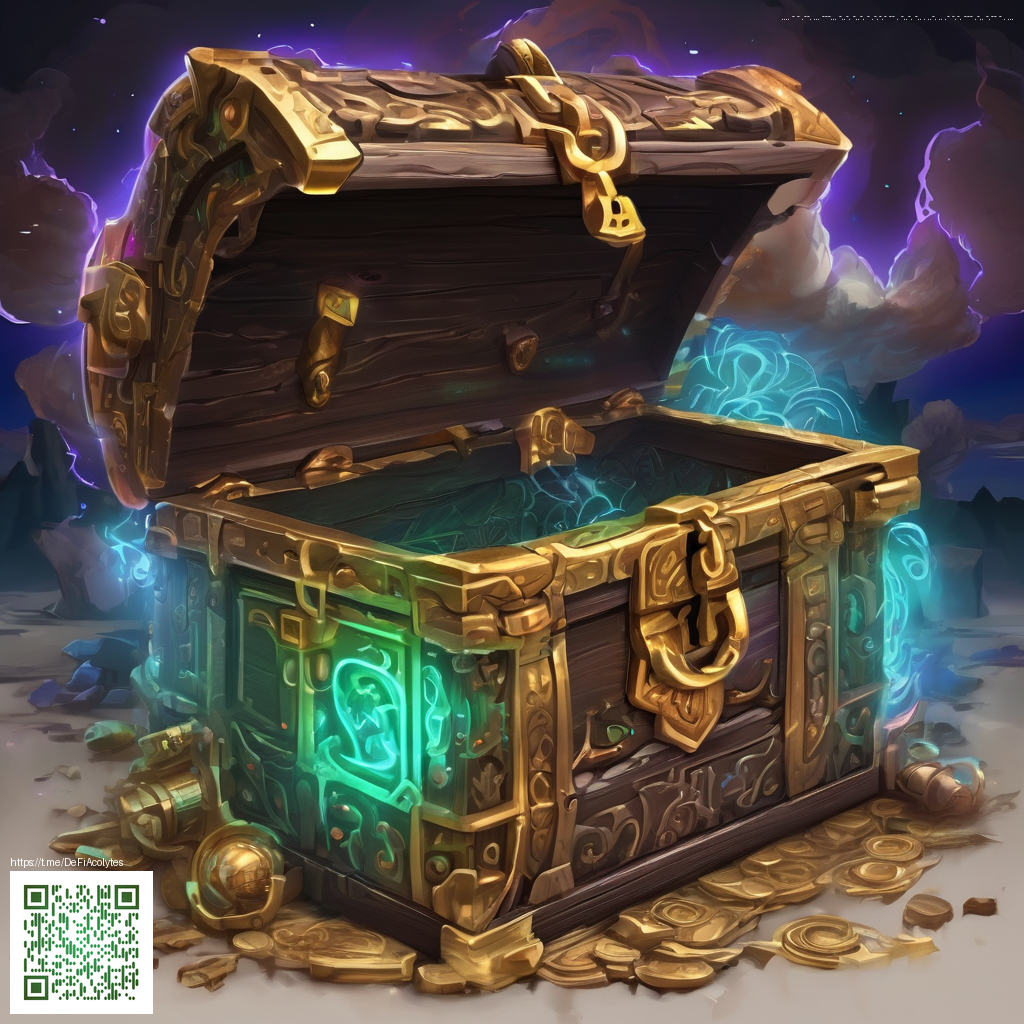
Hidden Lore Threads in Castlevania Symphony of the Night
What keeps Castlevania Symphony of the Night enduring isn’t just its sweeping guitar-lead soundtrack or its RPG style loot system. It is the way the game whispers lore through atmosphere, enemy design, and quiet environmental storytelling. Players who poke at every alcove find that the castle itself feels like a living archive, a place where history and myth coil around each corridor. The result is a treasure hunt for details that reward patient exploration and repeat playthroughs with fresh perspective 💠.
At the center of the mystery is the protagonist’s lineage and the family it binds to. The character you guide is the son of Dracula, a complex figure who walks a line between power and tragedy. The hints about Adrian Fahrenheit Tepes, the Belmonts, and the castle’s cursed history aren’t laid out in a single lore dump; they’re scattered across portraits, dialogue snippets, and the fossilized breadcrumbs of item descriptions. The genius of SoNT lies in how these fragments lend depth without ever grinding to a halt for exposition 🌑.
Lore delivered through exploration
As you map the castle, every wing feels like a page from a diary written in stone. The architecture becomes a timeline: a clock tower that tolls to mark your progress, a library that hints at ancient rites, and a chapel that whispers of a long-standing oath. While the game never spoon feeds you a complete chronology, the cumulative effect is a sense of place that invites fans to assemble their own versions of the past. The best hidden details emerge in the margins—tiny inscriptions on walls, the way certain enemies drop lore-rich items, and the way environmental cues align with later revelations in the story.
Fans often point to Alucard’s perspective as the series’ most reliable guide to these mysteries. His choice of words, his reactions to his father’s legacy, and the way he moves through the castle all encode a subtle, personal history. It’s not just about who the characters are, but what the setting seems to think of them. That impressionistic storytelling rewards careful reading and patient experimentation, turning casual play into a lore quest of its own 💠.
The castle as character and map of memory
In Symphony of the Night the castle is more than a backdrop. It is a protagonist with moods that shift as you unlock new areas. The layout functions like a memory palace, with areas only accessible after speculation and skill. Some rooms pay off only after you’ve revisited them with new abilities, revealing hidden signage of the world’s history. This design choice creates a sense of discovery that is equal parts puzzle and narrative device, inviting players to rethink what they know about Dracula’s realm and the forces that bind it 👁️.
“The castle remembers you as much as you remember it, and every cleared wing leaves a trace that future explorations can decipher.”
Items and bestiary as lore carriers
Beyond the dialogue and architecture, the game’s bestiary and item descriptions act as compact lore capsules. Weapons, relics, and armor pieces aren’t just stat sticks; they are artifacts tied to the history of the Belmont bloodline and Dracula’s return. Drops from iconic bosses often carry hints about their origins or the role they played in the castle’s cyclic drama. Even seemingly mundane consumables and stat boosts accumulate meaning when viewed through the lens of a larger myth—one that blends personal tragedy with the cyclic nature of fear and power.
Community members regularly exchange careful readings of item texts, cross-referencing with art assets and stage design to tease connections across the Castlevania universe. The result is a vibrant modding and theories scene that treats the game as a living document rather than a closed story. The result is a shared landscape where lore remains alive long after the credits roll 💠.
Community, mods and fan theories
The SoNT community has long embraced a culture of discovery through user-made patches, randomizers, and texture mods. These efforts do more than change visuals or shuffle items; they invite players to see how lore holds up under different mechanical guises. Randomizers, in particular, turn the castle into a new puzzle each run, forcing veterans to revisit familiar rooms with fresh expectations and to search for new, lore-rich clues in unfamiliar configurations. This dynamic keeps the storytelling energy high and gives players a reason to return again and again 🌑.
Update history and re releases
Castlevania Symphony of the Night has evolved through several significant updates and re releases. The 2019 PS4 compilation Castlevania Requiem brought enhanced optics and modern conveniences while preserving the game’s classic rhythm. These updates let new players soak in the same atmospheric storytelling that veterans champion, while letting seasoned fans appreciate small refinements that clarify textures, sound design, and pacing. Even when you replay a familiar route, the sense of discovering a hidden note or a new lore thread remains a powerful lure for explorers 💠.
Developers and archival interviews over the years emphasize a persistent goal: fuse action platforming with narrative depth while leaving room for fan interpretation. That philosophy is echoed in community-driven guides and lore compendiums that pop up after every major release cycle. The result is a living conversation about a game that remains as mysterious as it is beloved.
Whether you are chasing a cryptic inscription in the library or hunting for a lore-driven hint in a boss’s move set, Symphony of the Night rewards curiosity. The castle is waiting, and it remembers every subtle choice you make. When you decode its quiet signals, you glimpse a legacy that stretches beyond one title and into the larger Castlevania tapestry. The thrill is in the journey as much as the destination, and that is where the hidden lore truly shines 💠.
Support the Vault